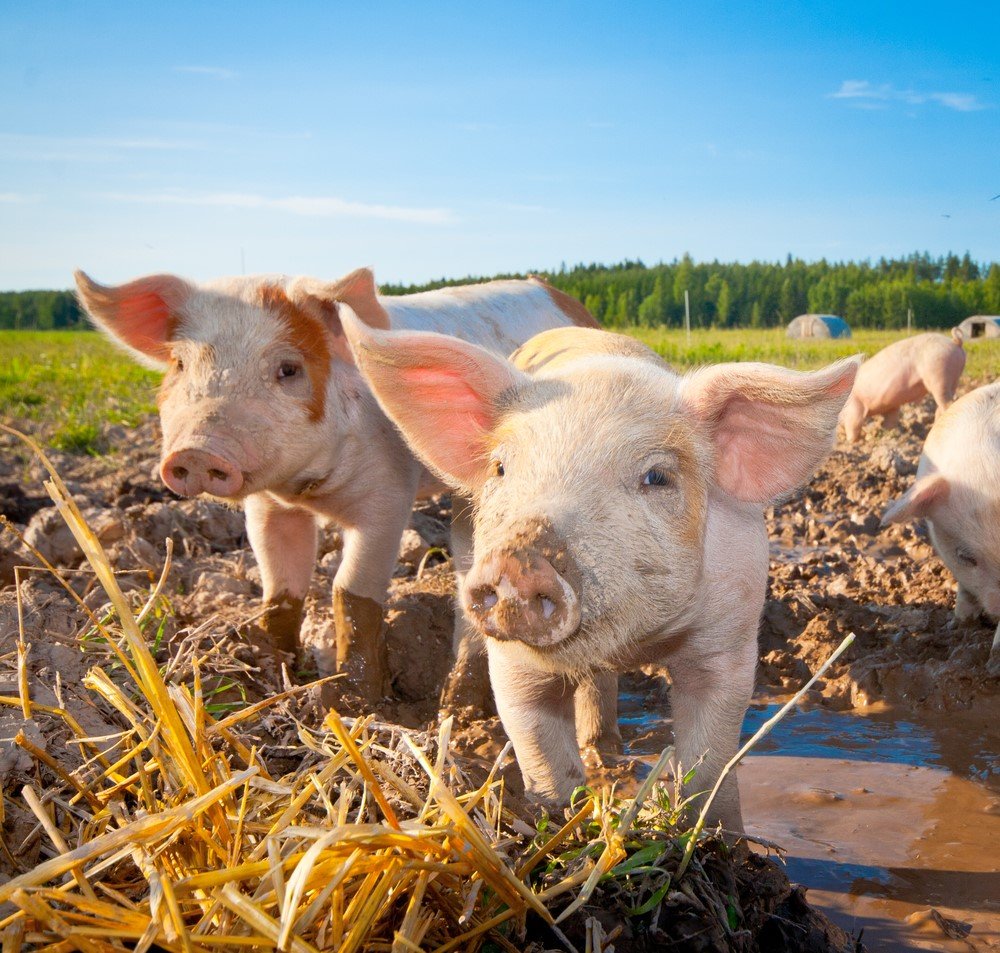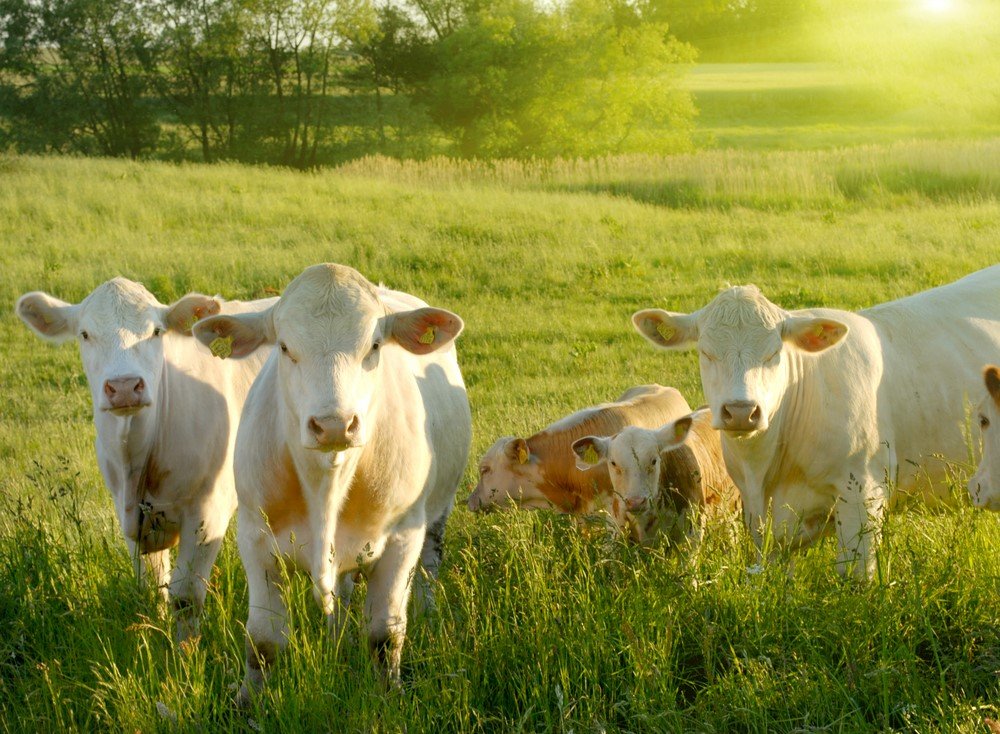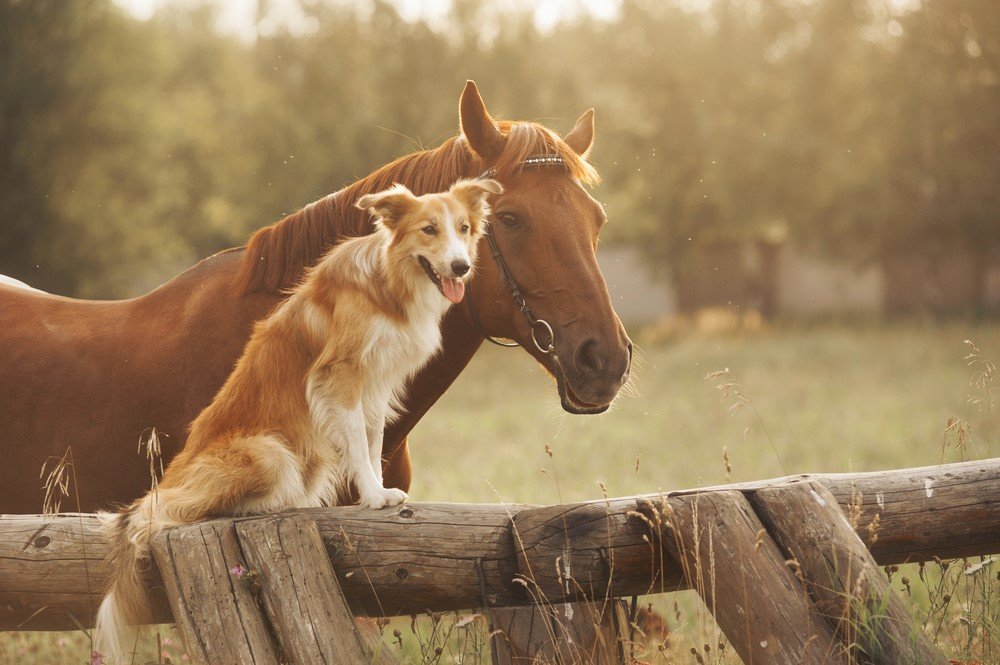Creating a healthy environment for your livestock provides many benefits for both you and the animals. It leads to safer food supplies, increased animal comfort, and higher farm productivity, among other things. Luckily for you, it is very simple to create a safe and healthy farm environment for your livestock. Read below to learn more!

Consider Your Specific Animals
Common livestock include cattle, sheep, pigs, horses, donkeys, and poultry. While there are some general principles and guidelines that help farmers create optimal environments for all animals, some specifics will change depending on the animal species.
For example, some animals can be kept in groups while others like bulls and boars must be isolated from each other because of aggressive tendencies. Other factors such as size, age, life cycle, and use will also play a role in creating a safe and healthy living environment. Extensive research geared toward your specific animals and their needs will help create their ideal living environment.
Keep a Clean and Well-Maintained Farm
Keeping a clean farm is one surefire way to create a safe and healthy living environment for your livestock. Most farms feature both indoor and outdoor areas. The indoor area is usually a barn that provides necessary shelter and space to eat and sleep while the outdoor area usually features corrals or pastures. Providing adequate outdoor space allows the animals to graze, go to the bathroom, and get some fresh air and sunlight.
Fence maintenance is one of the most important parts of operating a farm, as proper fencing prevents your animals from escaping the farm. It also keeps unwanted people and animals from entering your farm. Check for any rotten, loose, or missing wooden posts and check the voltage and wiring of any electrical fence. Additionally, you should make sure there are no sharp fence edges that could pose harm to any wandering animals.
As for the indoor area, regularly clean the barn by removing any excess manure, bedding, dirt, or uneaten feed. You should also scrub the area with soap and warm water periodically. Ventilation and temperature control in the indoor area is crucial to create a safe and healthy environment. There is a certain temperature range for animals where they are most comfortable and productive, and ventilation provides fresh and clean oxygen for the animals to breathe. One way to properly ventilate your barn is by installing a ductless mini split. These efficient air conditioners can regulate the temperature and create the perfect indoor environment for all farm animals. They also serve as air filters, purifiers, and dehumidifiers. Ductless mini splits improve the indoor air quality by removing any harmful bacteria, dust, dirt, debris, and other airborne materials. This leads to healthier farm animals across the board and can help prevent the spread of diseases. Ductless mini splits are also available in single or multi-zone systems, so they can heat and cool barns of different sizes. Multi-zone systems can create different climate “zones” or areas for animals that may have different temperature needs.

Disease Prevention
Taking certain measures to prevent diseases goes a very long way toward creating a healthy environment. Many diseases such as salmonella, E. coli, and strains of the flu can spread from animal to animal. Some can even spread from animal to person, so be sure to wash your hands regularly when handling and interacting with farm animals.
Keeping a clean indoor and outdoor area is one of the best ways to prevent the spread of diseases. Proper ventilation also helps remove any airborne pathogens, which can prevent the spread of bacteria and viruses.
Additionally, make sure your animals are up to date with their necessary vaccinations. Your local, state, or national government may outline certain guidelines regarding vaccinations, sanitation, animal trade, or other areas you must follow that can help prevent the spread of diseases on your farm. Be aware of any disease symptoms so you can take necessary measures like scheduling veterinary appointments. To help prevent the spread of any diseases, you should isolate any animals showing symptoms.
Food and Water
Providing your animals with clean water and a healthy food supply is very important to their wellbeing. Certain animals can graze and eat grass in the outdoor area, but the grass must be regularly maintained and planted. Many choose to install automatic feeders in the barn, as they offer a variety of benefits for both the farmer and animals. They save the farmer time and labor by eliminating the need to manually feed animals. This is especially helpful on larger farms, as individually feeding the animals can take a lot of time and effort.
Automatic feeders mean the animals are always provided with high quality and nutritious food, which will increase their general health. It can also increase their productivity. For example, cows fed by automatic feeders produce higher quality milk. There are many different brands of automatic feeders, so explore the internet to find the best one for your farm and animals.
You must also provide your farm animals with clean and purified water. Most farms utilize a combination of dams, tanks, or runoff systems to collect and store water. However, these can vary from farm to farm, depending on factors such as rainfall amount, location, area available for storage, and more.

Testing the water and filtering harmful bacteria, nitrates, and sulfates not only improves the taste but helps keep animals healthy and prevents diseases. It also increases their productivity. Each animal requires a different amount of water, so be sure to research accordingly for proper hydration.
With this guide, you’re ready to create the perfect living environment for your livestock! The health and well-being of your animals is of the utmost importance, and they will now be well taken care of on your farm.



